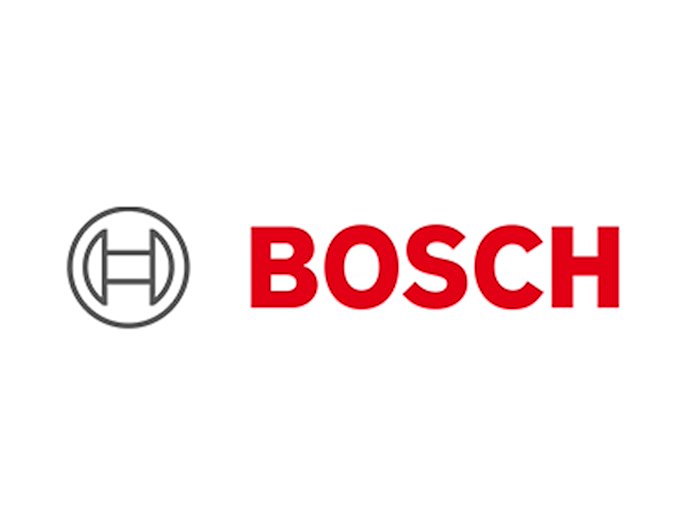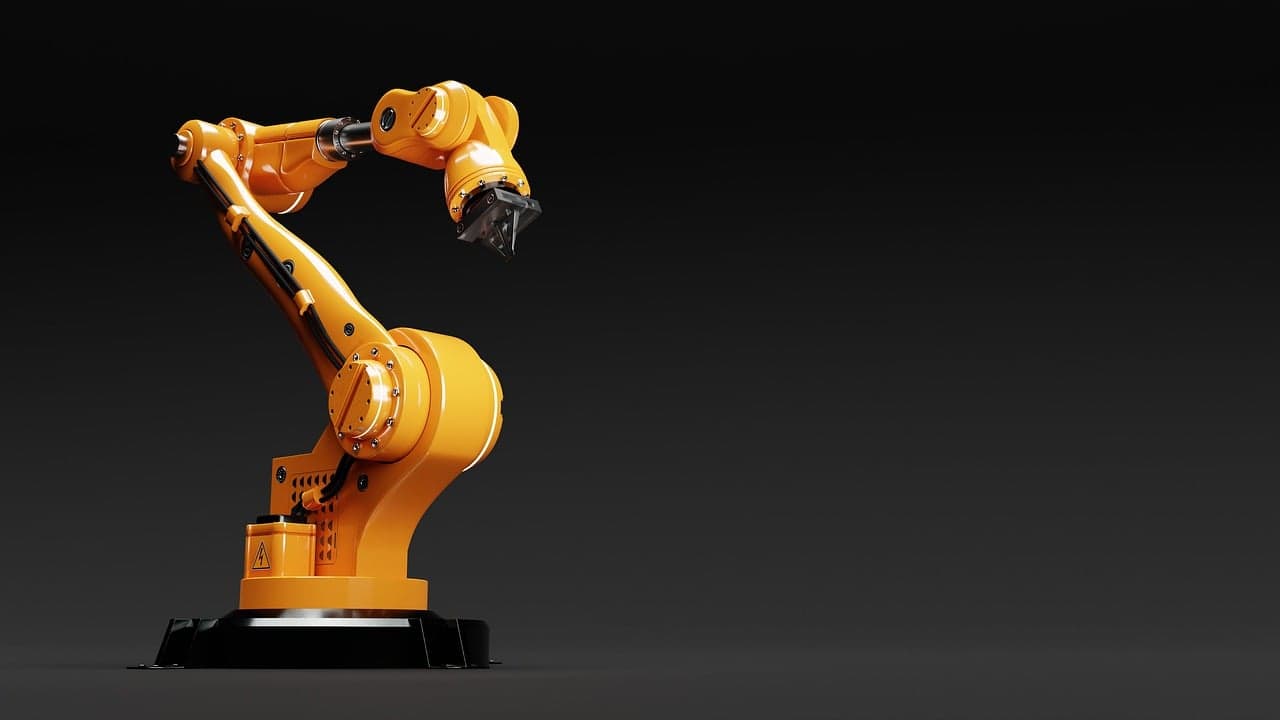
The higher the level of automated driving and the more complex the area of application of a system, the more factors need to be taken into account during development. The first SAE Level 3 systems for highway driving and an SAE Level 4 system for driverless parking have already been approved. For an extension to other areas of application – such as urban traffic – the complexity and requirements for the vehicle and system will increase significantly. For this reason, suitable verification and validation methods are required, which was the focus of the VVM project working group.
The challenge of urban traffic
“Pedestrians, cyclists, motorized two-wheelers, intersections that are difficult to see: One of the biggest challenges in automated driving is controlling traffic in an urban environment. This is characterized by many road users, traffic light systems, traffic signs and vehicles,” says Roland Galbas from Bosch, head of the VVM consortium project. “In order for the vehicle to be able to master even the rarest of scenarios in the future, it needs comprehensible structures and processes that not only enable the safe operation of a system in exceptional situations, but can also demonstrate safe maneuvering.”
“The VVM research project is dedicated to precisely this proof that the automated driving functions react safely and reliably and also represent a benefit for the customer in terms of precision and quality,” says Dr. Mark Schiementz from BMW, also head of the project. “Flanked by regulations, the German automotive industry is guided by the principle of not only bringing the fastest technological progress to the road, but also providing safe vehicles and systems that can be relied on at all times. And this reliability begins with the development of these systems.”
Prerequisite for road approval: demonstrable safety
The safety principle is already the top priority in the design and development of automated driving functions. Accordingly, these safety functions must be proven for the approval of a vehicle and a certified release for road traffic. In order to be able to provide this proof, the 21 project partners have jointly developed a model consisting of various procedures, methods and tools. This allows proof to be provided that the system is safe to use by means of a so-called safety argumentation.
The partners worked together in several sub-projects to develop the methodology for this model. Applied across the industry, the defined model would create the basis for proving safety in automated vehicles. “The models developed here make it possible for the first time to provide all car manufacturers with the same structures for the verification and validation of automated driving systems in urban environments. This standardization could then also lead to industry-wide standards that can make road traffic even safer for all road users,” explains Dr. Helmut Schittenhelm, project coordinator at Mercedes-Benz.
Technology pioneer from Germany
The methodological approach from the VVM project is the first standard worldwide that also takes industrial processes into account. This once again makes the German automotive industry a technological pioneer in automated driving. The world’s first regulation for fully automated driving (SAE Level 4) came into force in 2021 with a corresponding law in Germany. In 2022, a corresponding ordinance with the technical details was passed to allow such vehicles to be registered and operated on German roads. The German automotive industry is thus once again tackling the complexity of automated driving and making it more manageable.
At the end of its project term and building on the results of the predecessor projects Pegasus and SetLevel, VVM is delivering a consistent methodical safety approach for automated driving in an urban environment for the first time, enabling industry-wide collaboration and value creation. The scenario-based safety verification approach pursued in the project could help to set global standards once it has been approved by the authorities. VVM has created a future-relevant reference system for the industry that closes a methodological gap for practical validation and consolidates the German industry’s pioneering role in international competition in automated driving.
– – – – – –
Further links
👉 www.bosch.de
Photo: Bosch




